
ABB Nextmove ESB-2 motion controller
Serial port
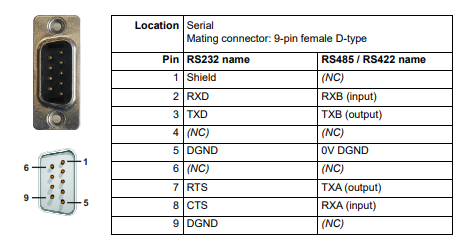
NextMove ESB-2 is available with either an RS232 or RS485 serial port (see section 2.2.1). The port is fully ESD protected to IEC 1000-4-2 (15 kV). When the NextMove ESB-2 is connected to Mint WorkBench, the Tools, Options menu item can be used to configure the serial port. The configuration can also be changed using the Mint keyword SERIALBAUD (see the Mint help file for details). It is stored in EEPROM and restored at power up. The port is capable of operation at up to 115.2 Kbaud on RS232.
Using RS232
The NextMove ESB-2 has a full-duplex RS232 serial port with the following preset configuration:
57.6 Kbaud
1 start bit
8 data bits
1 stop bit
No parity
Hardware handshaking lines RTS and CTS must be connected.
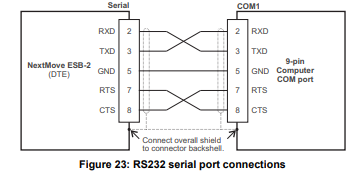
The RS232 port is configured as a DCE (Data Communications Equipment) unit so it is possible to operate the controller with any DCE or DTE (Data Terminal Equipment). Full duplex transmission with hardware handshaking is supported. Only the TXD, RXD and 0V GND connections are required for communication, but since many devices will check the RTS and CTS lines, these must also be connected. Pins 4 and 6 are linked on the NextMove ESB-2. The maximum recommended cable length is 3 m (10 ft) at 57.6 Kbaud (the factory preset rate). When using lower baud rates, longer cable lengths may be used up to maximum of 15 m (49 ft) at 9600 baud.
Multidrop using RS485 / RS422
Multidrop systems allow one device to act as a ‘network master’, controlling and interacting with the other (slave) devices on the network. The network master can be a controller such as NextMove ESB-2, a host application such as Mint WorkBench (or other custom application), or a programmable logic controller (PLC). RS422 may be used for multi-drop applications as shown in Figure 24. Four-wire RS485 may be used for single point-to-point applications involving only one controller. If firmware is updated over RS485/RS422, it can only be downloaded to the controller that was chosen in the Select Controller dialog in Mint WorkBench.
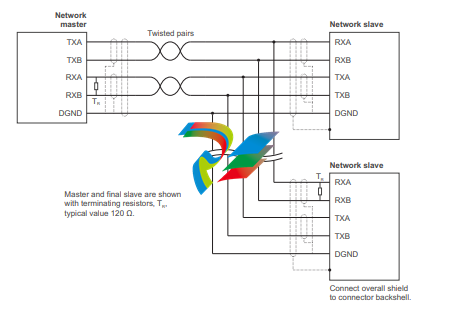
Figure 24: 4-wire RS422 multi-drop connections
Each transmit/receive (TX/RX) network requires a termination resistor at the final RX connection, but intermediate devices must not be fitted with termination resistors. An exception is where repeaters are being used which may correctly contain termination resistors. Termination resistors are used to match the impedance of the load to the impedance of the transmission line (cable) being used. Unmatched impedance causes the transmitted signal to not be fully absorbed by the load. This causes a portion of the signal to be reflected back into the transmission line as noise. If the source impedance, transmission line impedance, and load impedance are all equal, the reflections (noise) are eliminated. Termination resistors increase the load current and sometimes change the bias requirements and increase the complexity of the system
Connecting serial Baldor HMI Operator Panels
Serial Baldor HMI Operator Panels use a 15-pin male D-type connector (marked PLC PORT), but the NextMove ESB-2 Serial connector uses a 9-pin male D-type connector. The NextMove ESB-2 may be connected as shown in Figure 25:
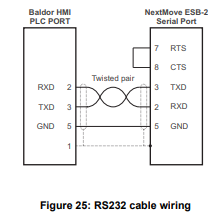
Alternatively, the Baldor HMI panel may be connected using RS485/422, as shown in Figure 26:
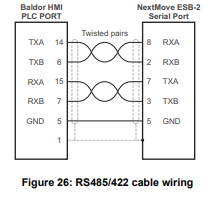
CAN
The CAN bus is a serial based network originally developed for automotive applications, but now used for a wide range of industrial applications. It offers low-cost serial communications with very high reliability in an industrial environment; the probability of an undetected error is 4.7x10-11. It is optimized for the transmission of small data packets and therefore offers fast update of I/O devices (peripheral devices) connected to the bus. The CAN protocol only defines the physical attributes of the network, i.e. the electrical, mechanical, functional and procedural parameters of the physical connection between devices. The higher level network functionality on NextMove ESB-2 is defined by the CANopen protocol, one of the most used standards for machine control. In addition to supporting CANopen, Baldor has developed a proprietary protocol called Baldor CAN. Both protocols are supported by NextMove ESB-2, but not at the same time. This is because NextMove ESB-2 only has a single hardware CAN channel. Separate firmware builds are available to support each of the protocols. To determine which firmware is currently installed, start Mint WorkBench and connect to the NextMove ESB-2 (see section 5.3.2). At the bottom of the Mint WorkBench window, the status bar will show the name of the controller, followed by ‘CANopen’ or ‘Baldor CAN’. If the correct option is not shown, it will be necessary to download alternative firmware by using the Install System File and/or Download Firmware menu items in Mint WorkBench. The firmware can be downloaded from www.abbmotion.com or, in Mint WorkBench, by using the Help, On The Web, Firmware Updates menu option. See the Mint help file for details about downloading firmware.
CAN connector The CAN connection is made using the RJ45 connector on the NextMove ESB-2.
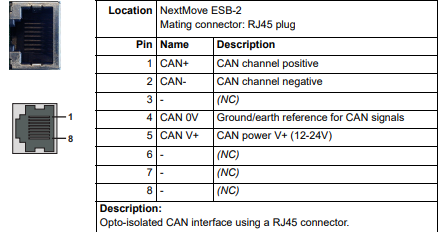
CAN wiring
A very low error bit rate over CAN can only be achieved with a suitable wiring scheme, so the following points should be observed:

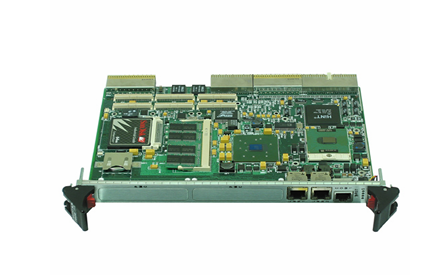



.jpg)
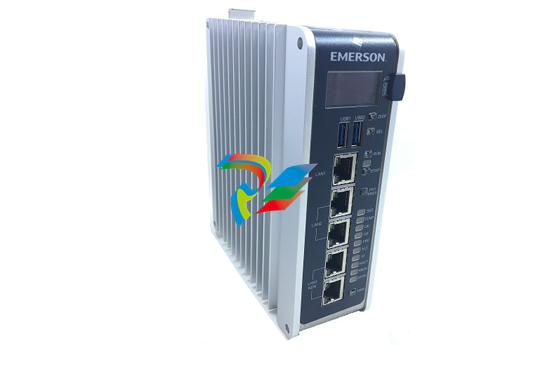
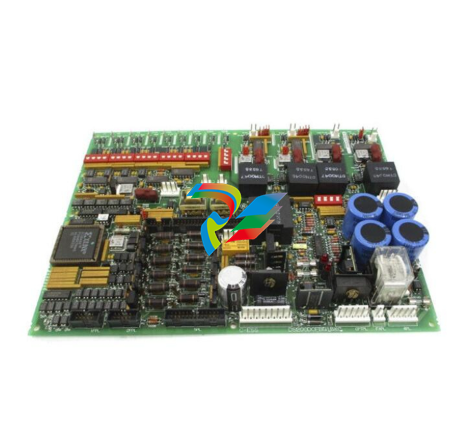
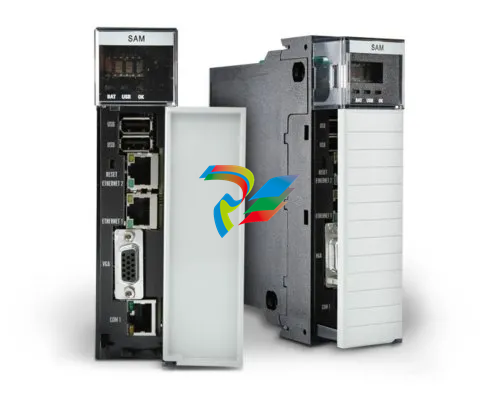
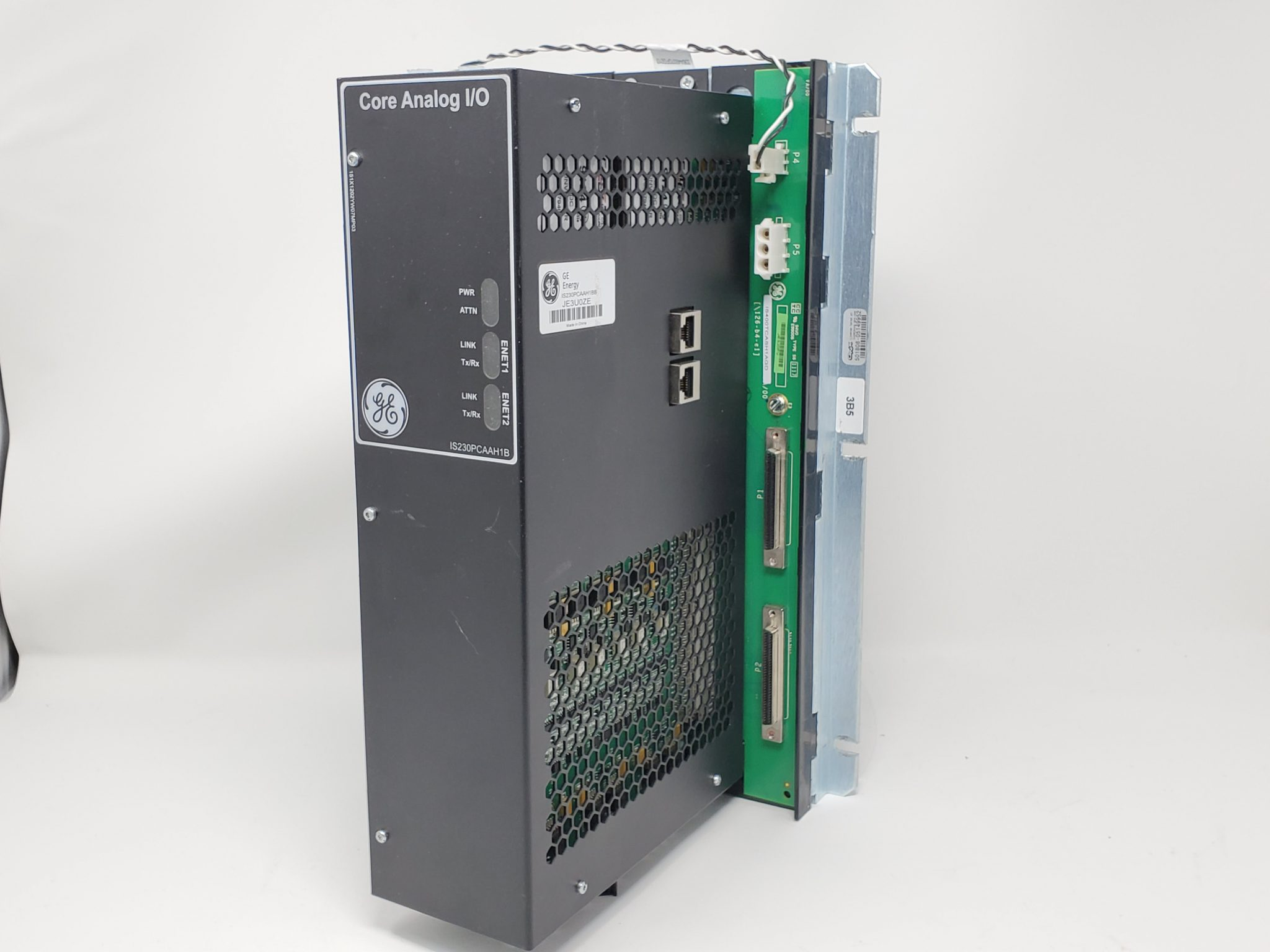






























































.jpg)
.jpg)





.jpg)



.png)
.jpg)

.jpg)
_lVjBYb.jpg)

.jpg)
.jpg)



.jpg)
.jpg)







.jpg)

.jpg)
.jpg)






